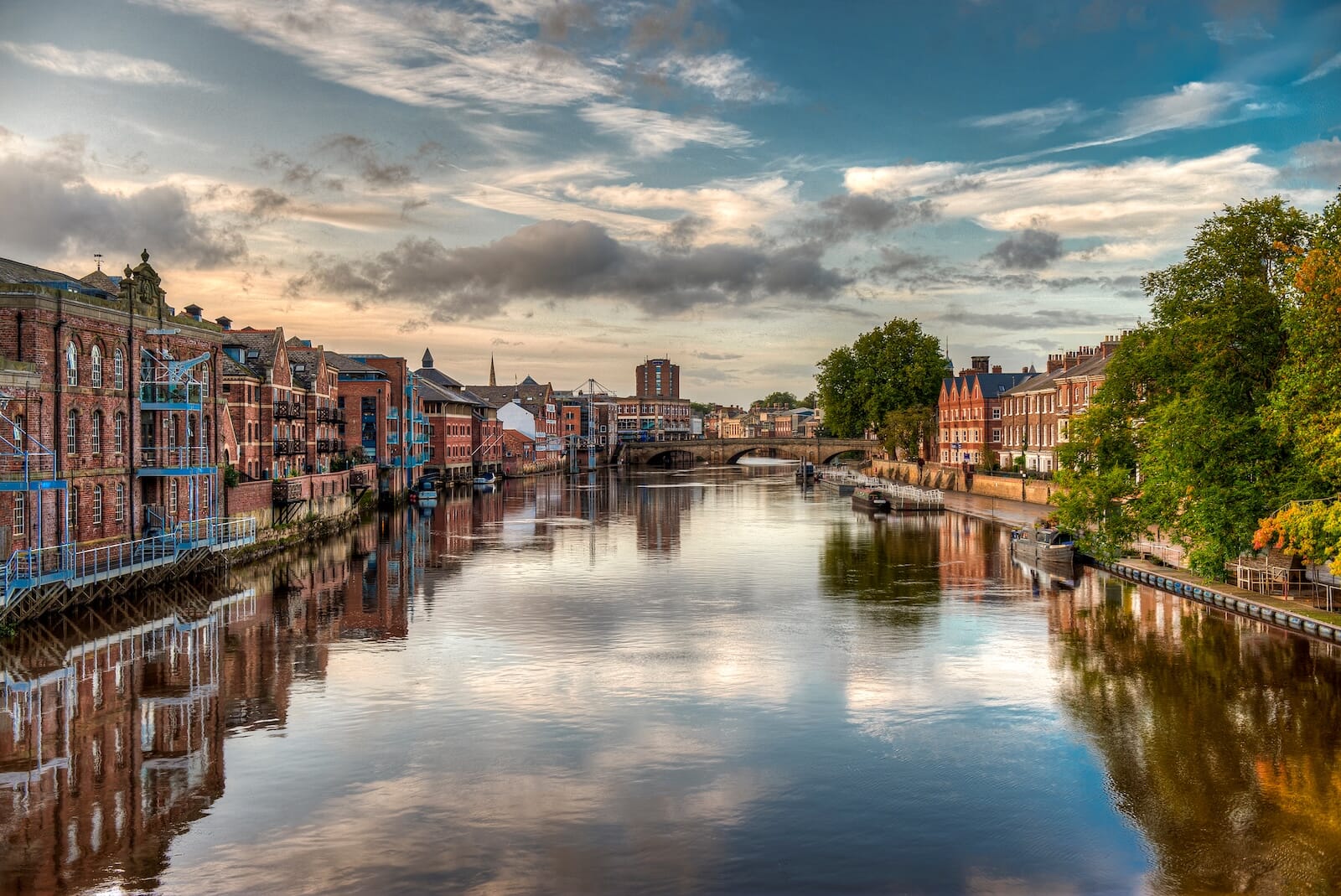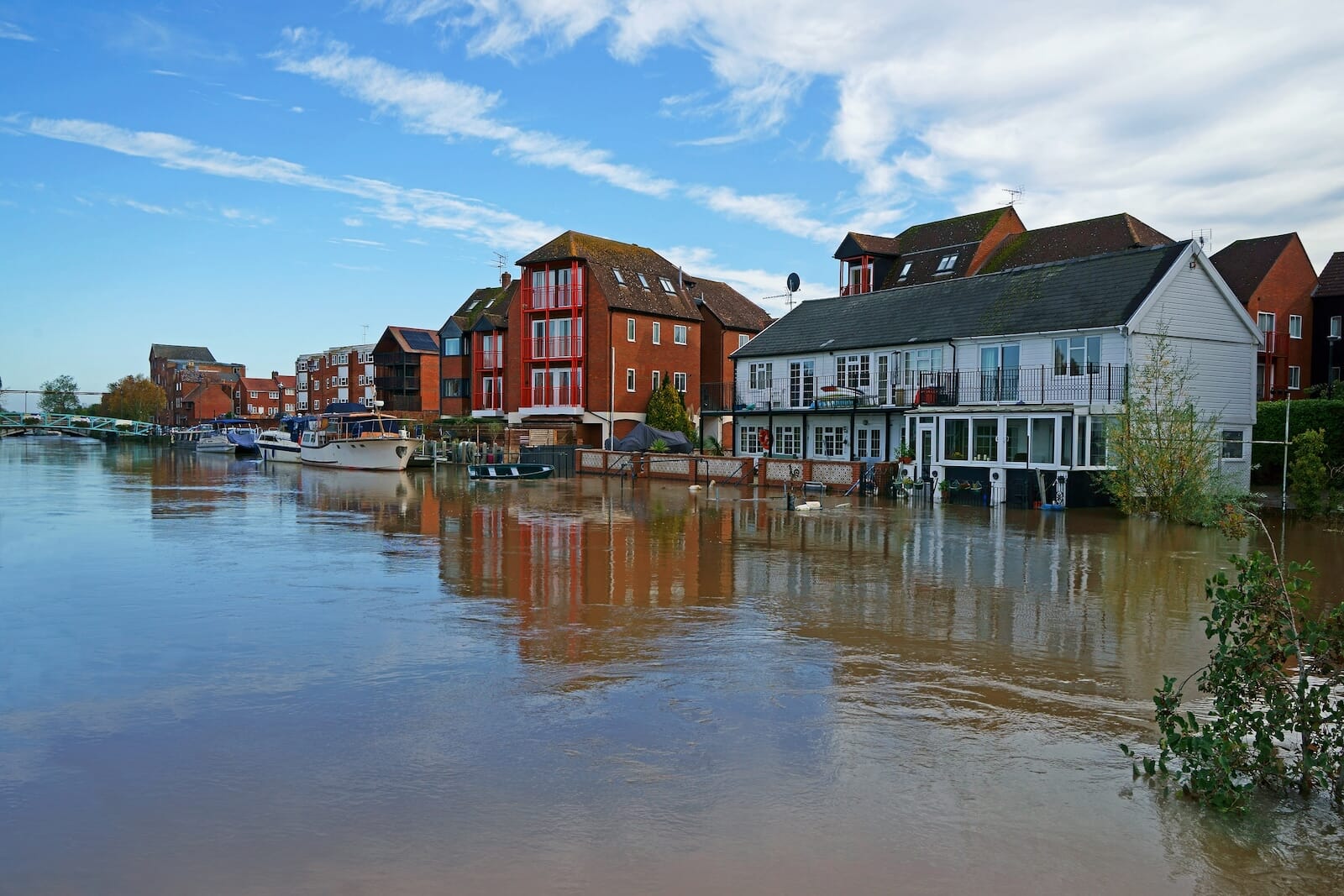Things to consider when implementing Sustainable Drainage Systems (SuDS)
According to the 2024 National Flood Risk Assessment, around 6.3 million buildings in England are at risk of flooding. This is expected to increase to 8 million by 2050, which is equivalent to one in four properties. Climate change and increased rainfall are two major drivers behind these rising numbers – but building on floodplains and the loss of natural habitats during construction also play a significant role in increasing flood risk across England.


With flooding risk on the rise, effective rainwater management is now a crucial concern for both planners and developers. Sustainable Drainage Systems (SuDS) play a key part in this strategy, helping to control surface water runoff, reduce flood risk, and improve the resilience of our built environment. But SuDS are often considered too late in the design process, which can lead to costly retrofits later down the line.
At Encon Associates, we believe that SuDS should never be an afterthought. In this blog, we explore what to consider when planning SuDS, and explain how these features can add real value to your development.
Understanding the regulatory framework
The regulations surrounding SuDs in England are continuing to evolve. As of June 2025, the government published new National Standards for Sustainable Drainage Systems (SuDS), which sets out best practice for the design, construction, operation, and maintenance of SuDS features. However, it’s important to note that these are non-statutory standards, and SuDS is not yet a mandatory requirement for new developments in England.
As outlined in the National Planning Policy Framework (NPPF), major developments are expected to incorporate SuDS, unless there is clear evidence that it’s not appropriate. Local planning authorities and Lead Local Flood Authorities (LLFAs) do often request the submission site-specific SuDS proposals as part of the planning process, particularly in areas with surface water concerns.
So, what might this involve?
Key SuDS components and how they work
SuDS aim to mimic natural drainage by slowing and filtering rainwater at or near the point of rainfall. They help to manage water quantity and quality and reduce flood risk, as well as providing a whole host of wider environmental benefits.
Some of the most common SuDs components include:
- Permeable paving – allows water to soak through the surface and into sub-base layers, which reduces water runoff
- Swales – shallow, vegetated channels that convey and filter surface water
- Detention basins and ponds – temporarily store runoff and release it gradually, which supports on-site biodiversity
- Green roofs – absorb rainwater at the source, as well as improving insulation and extending the lifespan of roofs
- Rain gardens – attractive landscaped features that collect and treat runoffs from roofs or hard surfaces
To get the right combination of SuDS components, you’ll need to first assess your site’s topography, soil type, and layout. These are all factors that we consider within our drainage design service – more on that below.

SuDS as part of a holistic urban drainage solution
When incorporated from the outset, SuDS can do much more than just manage rainwater. They can also become a key part of your site’s green infrastructure strategy, helping to enhance local biodiversity, improve the appearance of public spaces, and create healthier, more resilient places to live and work in. This enables you to achieve key Biodiversity Net Gain (BNG) credits and contributes to your wider sustainability goals.
At Encon Associates, we believe that SuDS shouldn’t be hidden. They can, and should be, attractive parts of a site’s landscape. Multi-functional SuDS features are now becoming increasingly popular, thanks to their far-reaching environmental and aesthetic benefits. For example, features like tree pits and bio-retention areas effectively manage water while also enhancing the look and feel of streetscapes. Similarly, ponds and wetlands support surface water drainage whilst also creating attractive, diverse spaces for people and wildlife to enjoy.
Designed with the long term in mind
When integrating SuDS into your site design, you’ll need to think about long-term maintenance and ownership. Who will be responsible for maintaining each element? What does a realistic maintenance schedule look like? And how can the system be designed to be both cost-effective and easy to manage?
These questions should be addressed during the early project design phases, not tacked on at the end. This will ensure that the SuDS features remain functional, attractive, and compliant throughout their entire lifecycle. You’ll need to choose materials and components that are durable, and design the system for easy access and upkeep. Plus, you’ll need to set out clear responsibilities and decide whether maintenance will be handled by your local authority, housing association, or a private management company.
Unlock the benefits of SuDS with Encon Associates
Need support with implementing SuDS on your site? We work closely with developers, architects, and planning consultants to design sustainable drainage strategies that meet planning requirements and deliver genuine environmental value.
Our expert Environmental Consultants use high-resolution flood modelling and hydrological analysis to predict water flow and runoff scenarios on your site. This then allows us to design intelligent SuDS design solutions that connect with your existing infrastructure, such as green roofs, permeable paving, attenuation ponds, and swales. Our SuDS solutions are practical and easy to maintain, and are guaranteed to be positively received by both approving bodies and end users alike.
Get in touch to discover how we can integrate effective surface water drainage into your next project.
Call: 01159 875 599 or email:
My experience with Encon Associates has been very positive, they were responsive with regards to our special requests and I would not hesitate to purchase their services again and would recommend them to our partners and clients.
